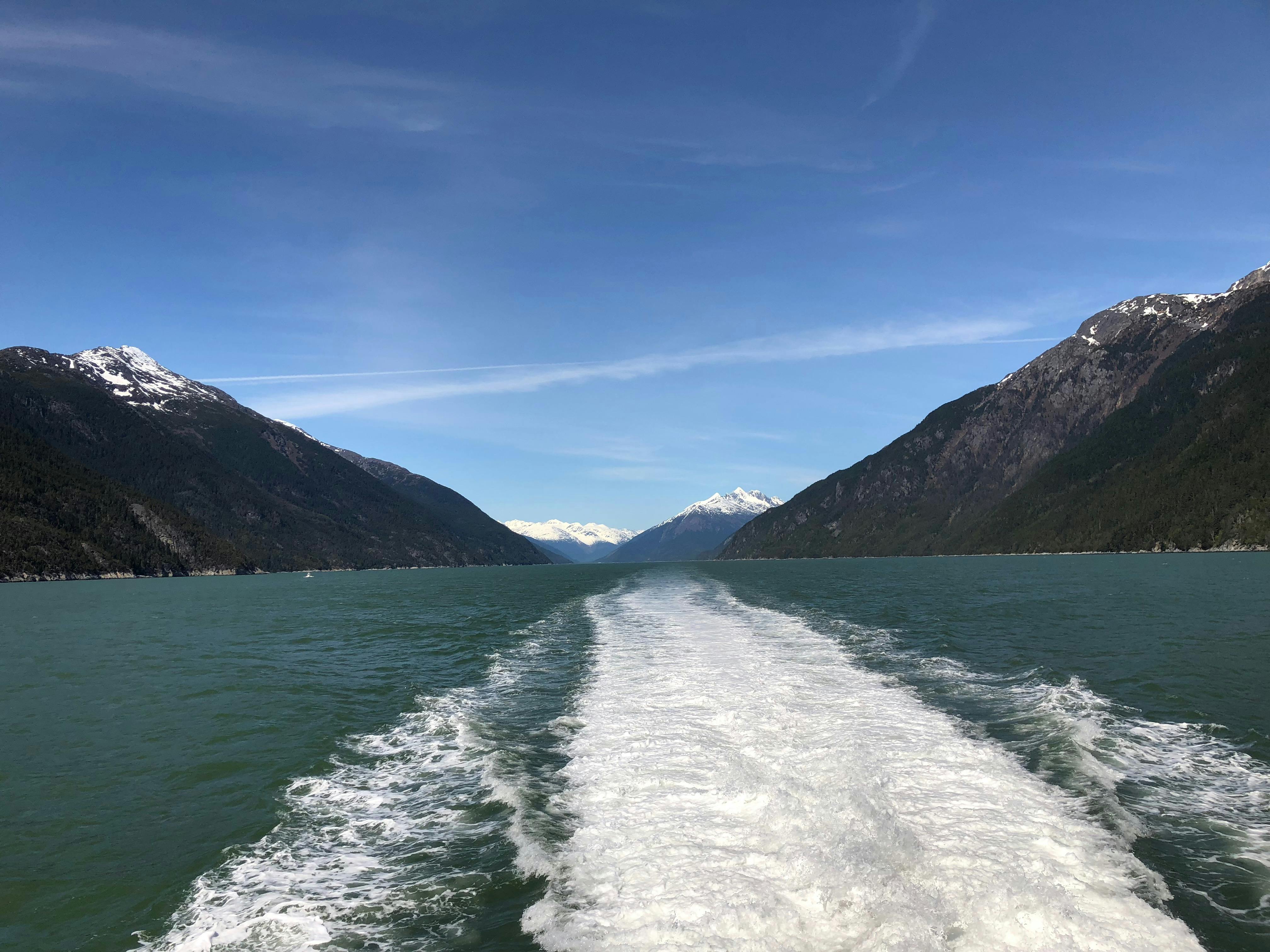The Ultimate Guide to Finding the Right Alaska Cruise
For anyone who loves wilderness at its most epic, Alaska is America’s fantasyland, the place where dreams of a wild, limitless frontier thrive magnificently, even well into the 21st century.
Let’s dive deeper into all you need to know to choose the perfect Alaska cruise.
Why cruise Alaska?
When Scottish naturalist John Muir first visited Alaska in 1879, the land had been in American possession for a dozen years, having been purchased from Russia for $7.2 million. So vast was this forbidding possession, a nuisance to the Russians, really, that the sale worked out to a mere 2 cents an acre.
Before gold was discovered and long before Alaska’s oil reserves were known, Muir saw something more in this prodigious, forbidding land.
“To the lover of wilderness,” Muir wrote, “Alaska is one of the most wonderful countries in the world.”
Muir made seven trips to Alaska, venturing as far west as Unalaska, halfway across the Aleutian chain that reaches for Russia’s Far East, and to Barrow, the northernmost point of America today. Perhaps most important, he was a member of the first Euro-American expedition to visit Glacier Bay, where he studied how glaciers could carve the dramatic landscape that created his beloved Yosemite Valley.
Muir’s passionate writings led to the creation of the National Park Service, the grand vision writer and historian Wallace Stegner later called “the best idea we ever had.”
On my repeated trips to Alaska, by land and by sea, I have been inspired — no, astonished — by not just the wildlife and majestic backdrops that unfold with unceasing spontaneity, but also by the history, people and culture of America’s most distant frontier.
That culture includes the Tlingit and other indigenous peoples who have lived in Alaska for centuries and the Russians who used Sitka as a trading hub reaching to California and Hawaii. Besides Muir, Alaska’s cast of characters includes Wyatt Earp, the gunfighter who moved to Nome for the Gold Rush and opened a saloon, and Jack London, the celebrated San Francisco novelist who came to the territory and wrote “Call of the Wild” and “White Fang,” both set amid the Klondike Gold Rush.
What to consider when choosing an Alaska cruise
There is no one way to experience Alaska for the first time, but as so many areas of the state are inaccessible by road, a cruise in Alaska is surely one of the best routes to explore the coastal regions. In fact, Alaska’s coastline is almost 34,000 miles long, far exceeding that of any other U.S. state.
The best Alaska cruise itineraries also ease most of the logistical challenges of point-to-point travel in the state, and it’s a journey even John Muir experienced (albeit without most of today’s creature comforts).
“Never before this had I been embosomed in scenery so hopelessly beyond description,” Muir wrote, following his 1879 trip through Inside Passage. “The whole is so tender, so fine, so ethereal, any penwork seems coarse and unavailing.”
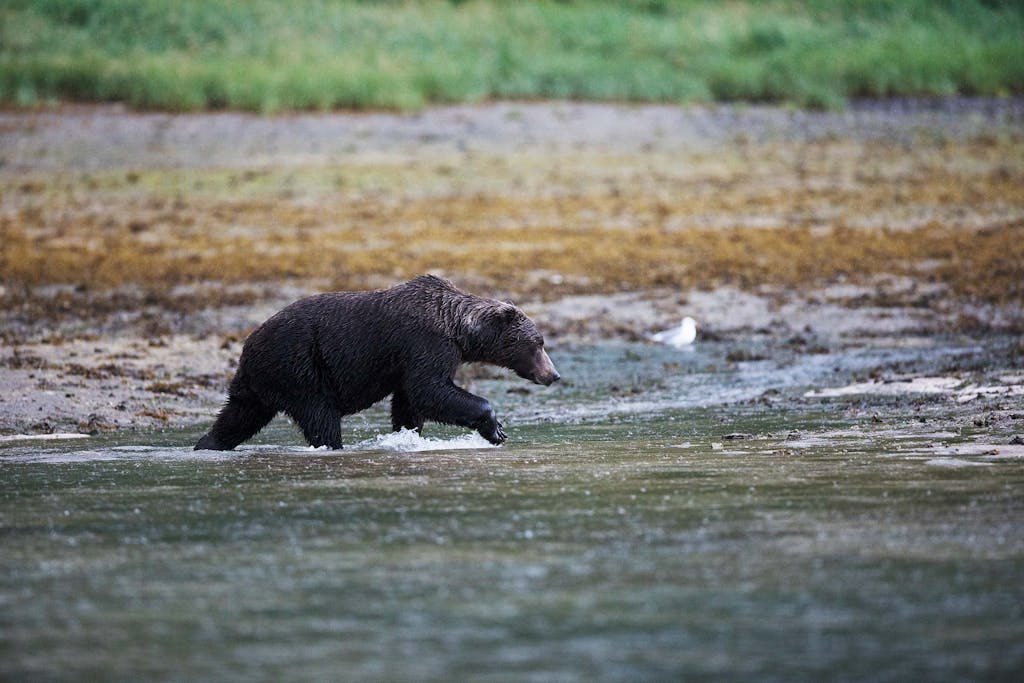
When is the best time to take an Alaskan cruise?
May or June to September. The weather is milder during this time. Cruises at the beginning or the end of the season tend to be less crowded.
Alaska’s Southeast: The perfect seven-day Itinerary
In a nutshell: What I love about Silversea’s 7-day one-way itineraries between Vancouver and Seward is that the route takes you deeper into Alaska than the usual roundtrip cruise.
What you’ll see: Also known as a Gulf Crossing, this cruise visits Alaska’s top four ports and does a drive-by to view North America’s largest glacier. It’s a one-way routing between Vancouver, British Colombia, and Seward, Alaska (outside Anchorage), or vice versa, meaning you’ll also have access, pre- or post-cruise, to Alaska’s interior, including Denali National Park.
I love departing from or returning to Vancouver. The lush Inside Passage scenery afforded in the narrow channel between northern Vancouver Island and the Canadian mainland feels almost like sailing through a fjord. Around the summer solstice, dusk will illuminate the shoreline well into the evening. Then it’s a sea day across the Queen Charlotte Sound, with the Haida Gwaii archipelago looming to the west, before crossing from Canada into Alaskan waters.
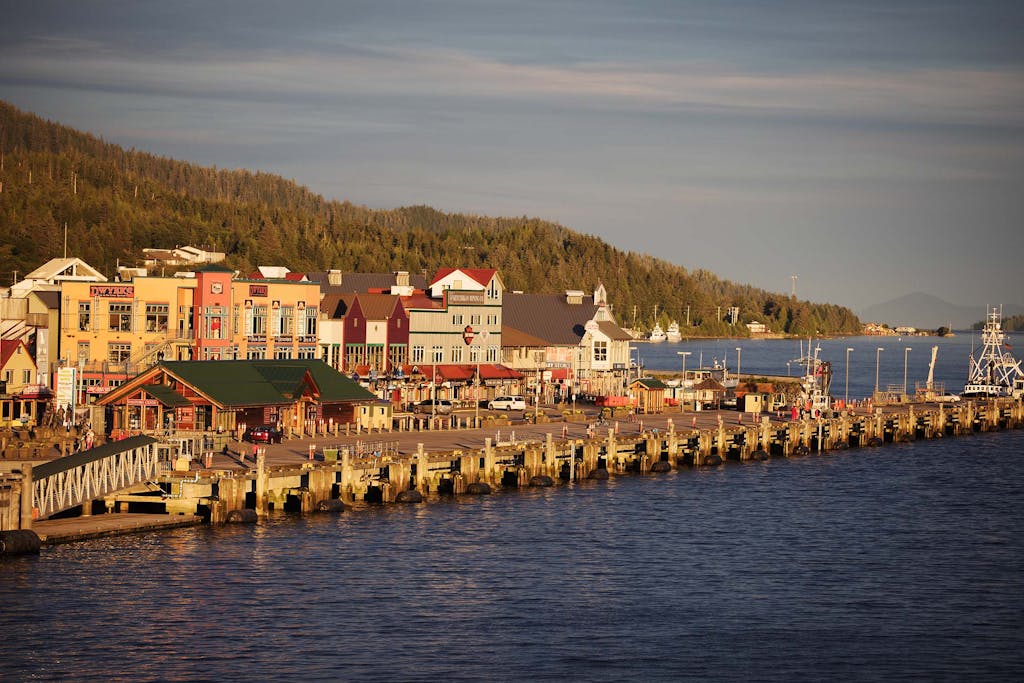
Ketchikan is your first port, and the town of about 8,000 residents rises abruptly from the dock, with quaint wooden homes built on the steep slopes. Ketchikan Creek passes alongside Creek Street, a wooden walkway transiting the town’s former red-light district.
Ketchikan is renowned for fishing, especially salmon, and I’ve enjoyed excursions on small skiffs for fishing in the calm waters surrounding Revillagigedo Island (not to be confused with islands of the same name in Mexico) — a beach barbecue with your catch follows, amid the still of the rainforest.
Totem poles are Ketchikan’s icon; there are said to be more here than any other place on Earth, and you’ll find them at several parks on the outskirts of town, some standing for more than a century.
The other must-see in Ketchikan is Misty Fjords National Monument, a spellbinding, 2.3-million-acre wilderness, where 3,000-foot glacier-carved cliffs are riven by waterfalls. John Muir compared Misty Fjords to the glacial morphology of Yosemite Valley in California.
Here’s the major difference: In Alaska, the “valley floor” is flooded. With no roads, a two-hour flightseeing trip by float-plane is the best way to see Misty Fjords, and typically includes a landing on a hidden lake or ocean inlet. (Be sure to book this in advance.)

Juneau is Alaska’s capital, but don’t expect a bustling metropolis: The town of 32,000 is cut off from the rest of the state, by the sea on one side and the immense Juneau Icefield on the other. It’s the only U.S. state capital you can’t drive to. The ice straddles the border with Canada, and if you didn’t get your fill of aerial views in Ketchikan, a helicopter flight over this frozen sea is unforgettable.
More than 100 glaciers spill from the Rhode Island-sized icefield, and granite peaks pierce the ice like canines. Other heli options in Juneau will take you to a dog sled camp, where you can mush with huskies high up on the icefield.
There’s also a hike on Mendenhall Glacier, accessed by helicopter — you’ll stroll across the frozen blue river, passing crevasses and free-flowing streams and within eyesight of climbers tackling ice falls. Or visit Mendenhall from below — a kayak trip in the lake at the foot of the immense glacier is an exciting encounter with nature’s grandeur.

A favorite Juneau excursion of mine is the floatplane trip to Taku Lodge, a fishing and hunting camp built in 1923. The scenic flight visits five of the glaciers sitting between Juneau and the lodge, and after landing at the riverside camp a salmon bake is prepared. The fish is bathed in brown sugar, butter and wine, and about midway through the meal one or more bears reliably descend on the camp to lick the grills clean.
Skagway is your next port, but don’t be misled by its small size (less than 1,200 year-round residents). As the “Gateway to the Klondike,” Skagway’s history is robust. Surrounded by spectacular wilderness, the town itself is part of a National Historic Park dedicated to the story of Alaska’s Gold Rush. The gold was discovered in the western Yukon, Canada, in 1896, and once prospectors arrived by boat at Skagway, they trekked more than 400 miles on the Chilkoot Trail to the goldfields.
Some of Skagway’s buildings date to the Gold Rush, and the six-block historic district is worth exploring.
The White Pass Scenic Railway is an isolated rail line, built starting in 1898, connecting Skagway with Whitehorse, 110 miles into the Yukon. It’s a fun trip, operated daily for cruise visitors. Most go as far as White Pass, a 40-mile round trip that covers the most scenic part of the journey. You can also take the train one way, up to the 2,888-foot pass and cycle back down, or combine the train with a kayak trip on an alpine lake.
Sea kayaking out of Skagway through the Lynn Canal can be memorable. My experience kayaking here rewarded with me a visit by a humpback whale and calf, one of the most thrilling moments of my life.
On my first trip to Alaska, I was in a group kayaking along the center of the serene, mile-wide Lynn Canal, the longest and deepest fjord in North America, and the artery between Skagway and Juneau. Between splashes of the paddle, we heard a whoosh sound that seemed to echo through the channel and, a few seconds later, another quieter, briefer whoosh.
We looked around for a moment to see what might have produced the sound, and suddenly a humpback whale and her calf surfaced gently, less than 100 feet in front of us. The hairs on the back of my neck stood up, followed by my own deep, satisfied, exhale.
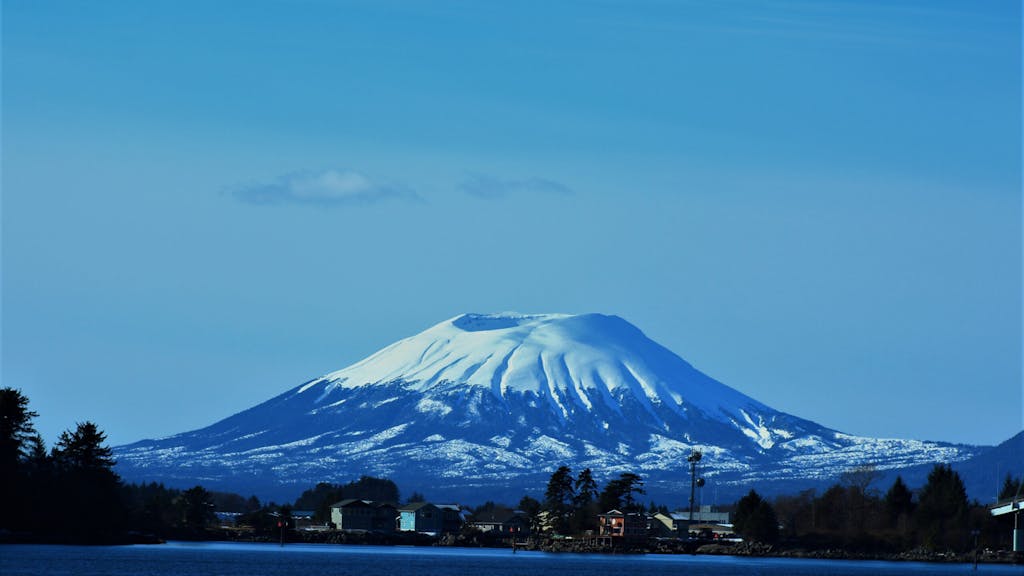
Alaska’s Russian connection comes together in Sitka. The Russians settled here on Baranof Island, eventually transferring the capital of Russian America from Kodiak Island to Sitka in 1808, using it for lumber, fur and shipbuilding. They even exported ice from nearby Swan Lake.
You can take in Russian history easily on foot, including the onion-domed St. Michael’s Cathedral and the Russian Bishop’s House, but otherwise, Sitka may be a place you’ll want to take to the water. Unlike most other Alaskan ports, Sitka faces the open Pacific Ocean, with volcanic Mt. Edgecumbe floating on the near horizon. It’s a beautiful setting.
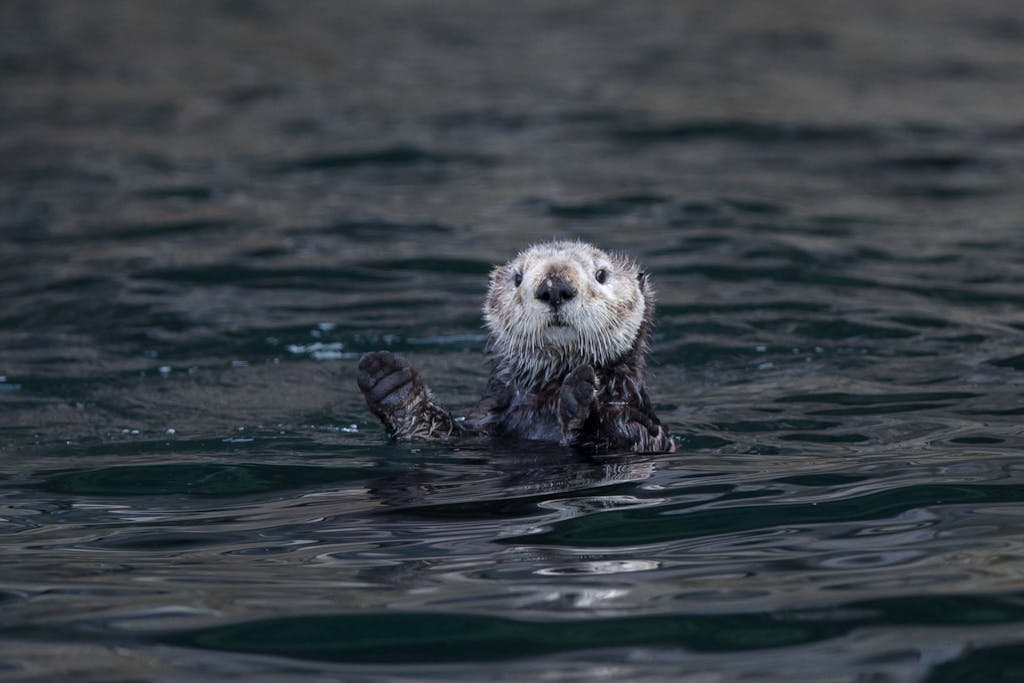
Activities I’ve enjoyed here include Sea Otter and Wildlife Quest, a half-day cruise through the waters of Placid Sitka Sound. Sea otters, whale or bear sightings are guaranteed while kayaking on Sitka Sound will take you across kelp forests to uninhabited islands, with up-close encounters with sea life also frequent. Hiking tours into the lush backcountry are also rewarding.
This cruise has one more “sea day,” and this one’s a bit different from the usual: Your ship spends a few hours in the spectacular Hubbard Glacier, the largest in North America, and one of the few in the world that has been advancing over the last century. The wall facing Disenchantment Bay is enormous — six miles wide — but it is only the tip of the proverbial iceberg: The glacier extends 76 miles north into Canada.
The cruise ends in Seward, a small town on the Kenai Peninsula. From here, it’s a very scenic 2.5-hour ride to the Anchorage airport for your flight home.
Choose your cruise: The week-long Alaska cruise between Vancouver and Seward is a perfect first-time-to-Alaska experience. If you have more time, we love the 10-day itinerary because it offers some more offbeat, lesser known ports such as Haines and Wrangell.
Discover Denali, America’s safari
In a nutshell: Denali is not just North America’s highest point; it is also one of the world’s great mountains and one of the few where good viewpoints are relatively accessible. Throw in great opportunities for wildlife encounters and a visit to Denali National Park is an essential part of the Alaskan experience.
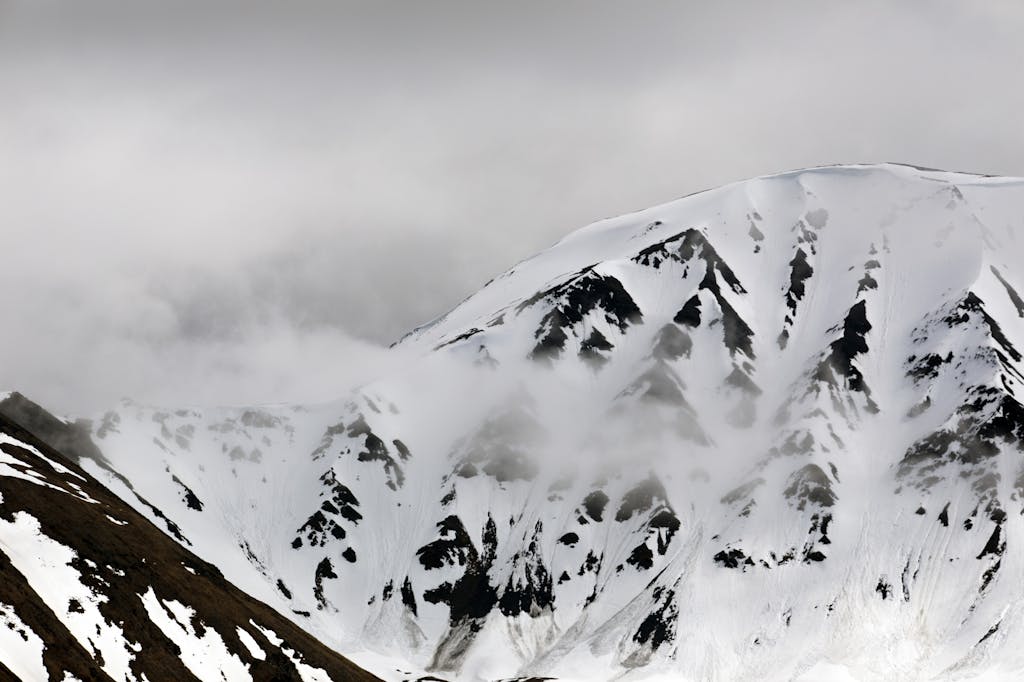
What you’ll see: Once you disembark in Seward at the voyage’s end, you’ll join Silversea’s land tour and venture deep into Alaska’s Bush. You’ll travel by train or coach for two hours to Girdwood, a mountain town dating to 1896, when a mini-Gold Rush caught a few prospectors.
Today it’s home to the Alyeska Resort, and the short, mild summer is filled with wildflowers and vistas of snowy peaks. The resort lends bikes for short rides around town, down to the Turnagain Arm (ask about timing of the daily Bore Tide) or tackle one of the steeper trails, easily accessed by the resort’s scenic tram ascending Mt. Alyeska.
The next day you’ll travel by coach to Denali, or rather to the small settlement just outside the park entrance, where you’ll stay at a comfy lodge. In the morning you’ll spend a full day traveling along the one road leading deep into the park.
Views of the mountain start about Mile 9, but it often plays peak-a-boo with the clouds. You’ll be looking for Alaska’s “big five”: grizzly bears, elk, caribou, wolves, Dall sheep (and I’ll add a sixth, moose). The road continues over the spectacular Polychrome Pass and on to Stony Hill Overlook, 62 miles inside the park, one of the best vantage points for the mountain.

On the fourth day, head back to Anchorage on the Alaska Railroad’s Denali Star Train, traveling in style in an airy dome car. You’ll be aboard for the railway’s most remote section, following the snaking Indian River, passing the occasional wilderness cabin, and crossing Hurricane Gulch on a 296-foot-high bridge before landing at charming Talkeetna, the town said to have inspired the TV show “Northern Exposure.”
The last night of this land tour is spent in Anchorage, and if you luck out with a hotel room on a high floor, keep your eyes out at dusk (which will be late): Denali is so big that, on clear days, you can see it looming on the horizon, more than 130 miles away. That’s one more piece of Alaskan memorabilia happily etched in my memories.
Choose your cruise: Denali is a four-day add-on to Silversea’s voyages between Seward and Vancouver.
Remotest Alaska: Venturing beyond to the Aleutians
In a nutshell: This expedition voyage, which has been modified due to geopolitical issues, was designed for true explorers who want to touch on Alaska’s most remote places, including the Bering Sea, where wildlife, landscapes and Aleut culture are compelling reasons to visit.
What you’ll see: One unusual option for an amazing Alaskan adventure straddles the shoulders of the Bering Strait, a region of the world that’s visited by just a few hardy travelers — and even fewer cruise ships. This one-off, 18-day itinerary is ideal for those wanting to go deeper, into the westernmost lands of America.
Silver Wind is designed for just such a journey. The ship, refurbished in 2021, has been strengthened with an ice-class hull for explorations of the polar regions, and with sea and land tours led by the ship’s Expeditions Team aboard a fleet of sturdy Zodiac boats.
Australia has its Outback; Alaska has the Bush, the regions of the state that remain unconnected to the U.S. road network — that is, most of Alaska. The cruise starts in Nome, a dusty and desolate one-time boomtown with a backstory that far exceeds its trifling name.
In 1898, after gold fever had lured prospectors to the Klondike, the ore was discovered in Anvil Creek, four miles outside Nome. The next year gold was found in the beach sands lining the coast, and thousands poured into the town for one of the last great mining stampedes of the American West. Overnight, Nome became Alaska’s most populous city.
Today, although most of Nome’s Gold Rush-era buildings are long gone, you’ll get a sense of the history along Golden Sands Beach, where recreational miners still try their luck panning for nuggets. The finish-line arch for the Iditarod race is here; it’s been the target for mushers and their dogsled teams every spring since 1949. Each Labor Day, bathtubs on wheels are raced down Front Street, an amusing photo op. In between, every evening Nome aims to shake off its frontier façade and have a good time.
Cruising the Bering Sea, Silver Wind will sail to St. Matthew Island, one of America’s first wildlife refuges. Known for its black-sand beaches and massive 300-foot cliffs, the island is home to the endemic St. Matthew vole (whose tunnels are trip hazards) as well as multiple bird species, such as the Tufted Puffin and Gray-Crowned Rosy Finch.

Silver Wind heads next to St. Paul Island, the largest of the quintet of treeless, volcanic Pribilof Islands. With a population of about 500 today, it is said that when the U.S. acquired Alaska, these islands saw little change except for the flag.
The Aleut-Russian inhabitants are mostly descendants of slaves, and some still worship at the old Russian Orthodox church, built in 1907. Wildlife includes horned and tufted puffins and the rare, red-legged kittiwake, but the star of the show is the largest northern fur seal herd, more than a half-million of them living in the waters around St. Paul.
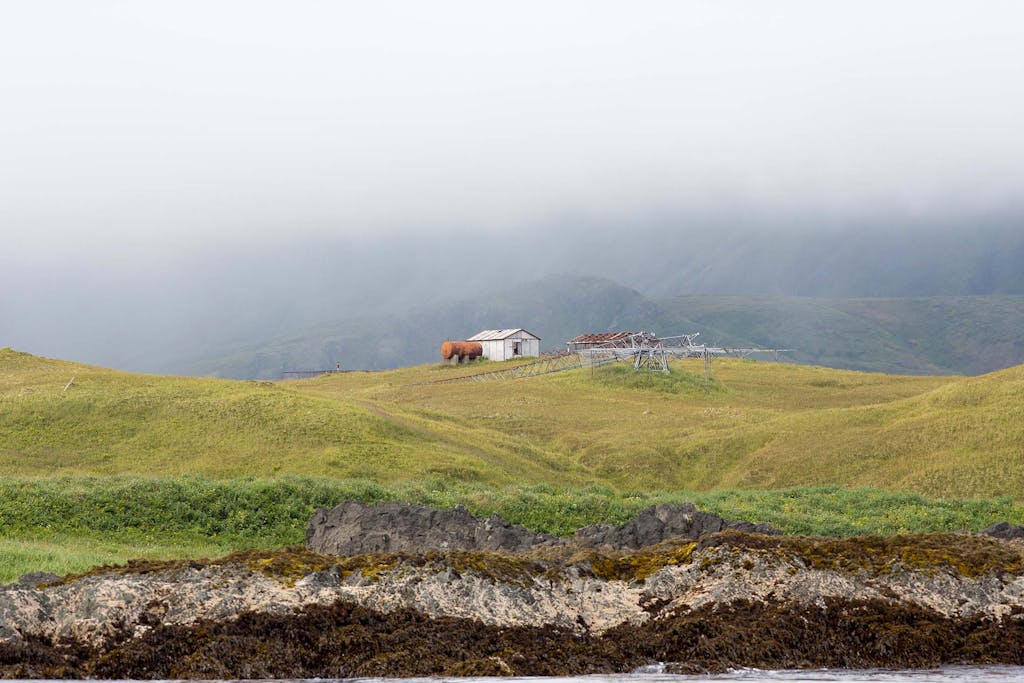
After a day at sea, Silver Wind visits Kiska Harbor in the Aleutian Islands, which the Japanese occupied during WWII and the relics of war that have been left behind include a two-man Japanese submarine and a Shinto shrine. The next day, there’s a port call at Tanaga Island, home to the 5,924-foot Mount Tanaga volcano, which last erupted in 1914.
Atka Island, at 404 square miles, is the largest in the Aleutian chain — and one of the most remote spots in the United States. The population consists of 87 Russian-Aleuts, who survive without electricity, and the only communication with the outside world is a 50-watt radio transmitter. Atka is also home to a 5,000-foot-tall volcano named Koravin, several hot springs, a glacier and lakes frequented by the island’s 4,000 reindeer.
Next, Silver Wind will call on Dutch Harbor, one of the world’s richest fishing ports, thanks to the huge haul of cod, pollock, and king crab. The small town is the star of the TV show “Deadliest Catch.” This is followed by two days at Unga Island, which features a geologically fascinating petrified forest, known as Unga Spit, on its northern tip as well as populations of bald eagles, sea lions, orcas and gray whales. On the island’s southern end lies a ghost town known as Unga Village, which once had a population of 100 Aleuts (the last family left in 1969).
After two days at sea, the itinerary returns to mainland Alaska with scenic cruising past the immense Hubbard Glacier, followed by a visit to Elfin Cove, the northernmost entrance to the Inside Passage. It’s a safe harbor for side trips to the uninhabited Inian Islands, which are renowned for wildlife, especially whales on their way to nearby Glacier Bay National Park.
Silver Wind calls on Sitka before heading to the southernmost areas of Alaska, following the Behm Canal to access Misty Fjords National Monument, the uninhabited wilderness that is off-limits to larger cruise ships. Guests can travel by Zodiac, by kayak or by floatplane to see the hideaway coves and spectacular granite cliffs sliced by towering waterfalls. The itinerary follows the Inside Passage back south, calling on Rudyard Bay, which offers additional access to Misty Fjords, and Metlakatla, the major settlement of the Metlakatla Indian Community of the federally recognized Annette Islands Reserve, the only remaining reservation in Alaska. After a final day of cruising the Inside Passage, guests will disembark in Vancouver, the conclusion of a very special one-of-a-kind cruise.
Choose your cruise: The 18-day Nome to Vancouver expedition cruise is a great option for anyone seeking adventure that goes beyond Alaska’s Inside Passage.
Ready to explore Alaska? Discover exciting details about all of Silversea’s Alaska luxury cruises.
